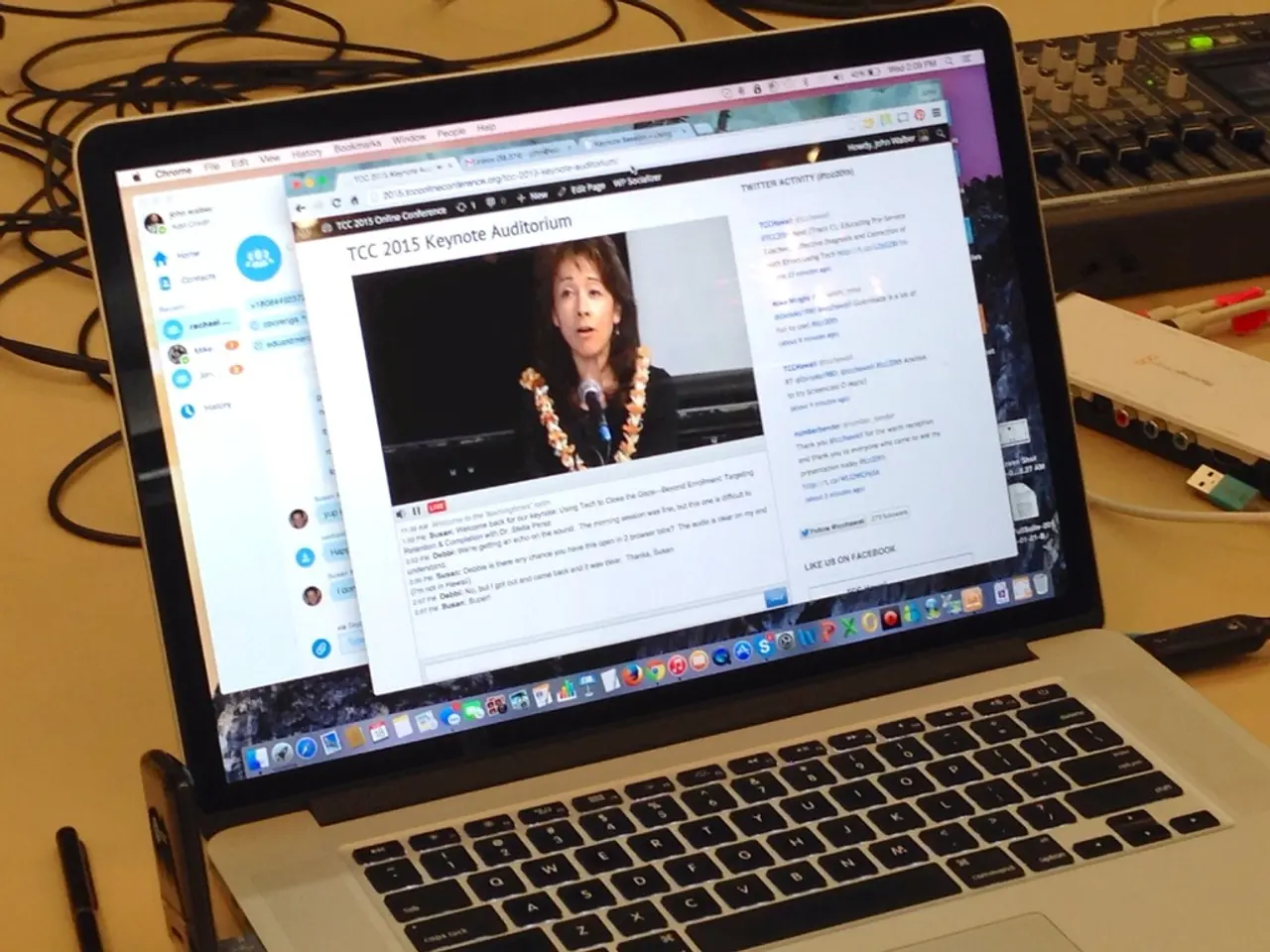AI, Human Collaboration and the Sales Strategy Integration
=========================================================================================================
In the dynamic world of B2B sales, the optimal strategy lies in the harmonious blend of automation and human engagement. This approach, which leverages AI to augment human expertise, is transforming go-to-market (GTM) strategies, driving better customer outcomes, higher efficiency, and stronger competitive positions.
AI, with its ability to identify patterns and flag potential issues early, is a powerful tool for sales enablement. It can automate administrative tasks, freeing up sellers to focus on relationship building and complex deal navigation. However, it's the human experts who provide the consultative insight that wins trust. AI struggles with complex human decision making and nuances of buyer behavior, making human sellers backed by AI insights invaluable.
AI tools can automate repetitive tasks like follow-up emails, proposal generation, and data entry, reducing administrative load and accelerating sales cycles. They can analyze customer interactions and market data to identify patterns, forecast pipeline health, and flag risky deals, enabling sales teams to focus efforts more strategically. AI can also personalize communications at scale, blending customer-specific details into messages while maintaining a natural, handcrafted feel.
However, AI is not a replacement for human expertise. It enhances human empathy and engagement by providing real-time emotional context and suggesting when and how human agents should best intervene. AI tools can synthesize vast data sets to generate insights for strategic account planning, but humans are needed to tailor the message to specific contexts, trends, and stakeholder personas.
The balance between automation and human engagement is context-dependent. High-value or complex interactions require greater human involvement, while routine or volume-based activities benefit more from automation. Successful organizations frame AI as an enabler that allows humans to do what they do best, such as deepening customer conversations and developing thoughtful strategies.
Implementing this blend effectively requires clear goal-setting and strong data inputs for AI models to ensure accuracy and relevance. Ongoing feedback loops between human performance and AI learning are crucial to continuously improve both capabilities. Awareness of challenges like over-reliance on AI, bias, and the need for transparency in AI-generated recommendations is also essential.
In the infrastructure space, customers are buying confidence and want a partner who understands their business, anticipates risks, and tailors solutions to their unique needs. When debating whether to invest in more AI tools or expand the GTM team, consider where bottlenecks are, where the buyer journey is breaking down, the differentiation strategy, and how to continuously optimize.
At Summit, a leading specialist in technology, growth, go-to-market strategy, and customer success, AI has been used to streamline prospect research, competitive analysis, and content recommendations. Human expertise has been bolstered to ensure technical questions can be addressed in depth. Aaron Biggs, the VP of Revenue at Summit, emphasizes the importance of integrating automation and AI insights where they add value, but always keeping a seasoned expert in the loop to guide clients through complex decisions.
Buyers today are resistant to cookie-cutter outreach and value a personalized buyer experience, especially in complex B2B deals. Over-indexing on AI tooling risks creating a sterile buyer journey, efficient but undifferentiated. The future isn't AI versus humans; it's AI with humans. Organizations that get the blend right will lead in this new era.
This article was written by a member of the Forbes Business Development Council, an invitation-only community for sales and business development executives. Summit ensures every engagement feels custom-fit, not cookie-cutter.
In the context of Summit, a leading specialist in technology and business strategy, Aaron Biggs, the VP of Revenue, recognizes the importance of integrating AI tools in financing and business operations for streamlining tasks and personalizing buyer experiences. However, he also underscores the indispensable role of human experts in handling complex decisions and catering to the unique needs of clients in the technology sector.




